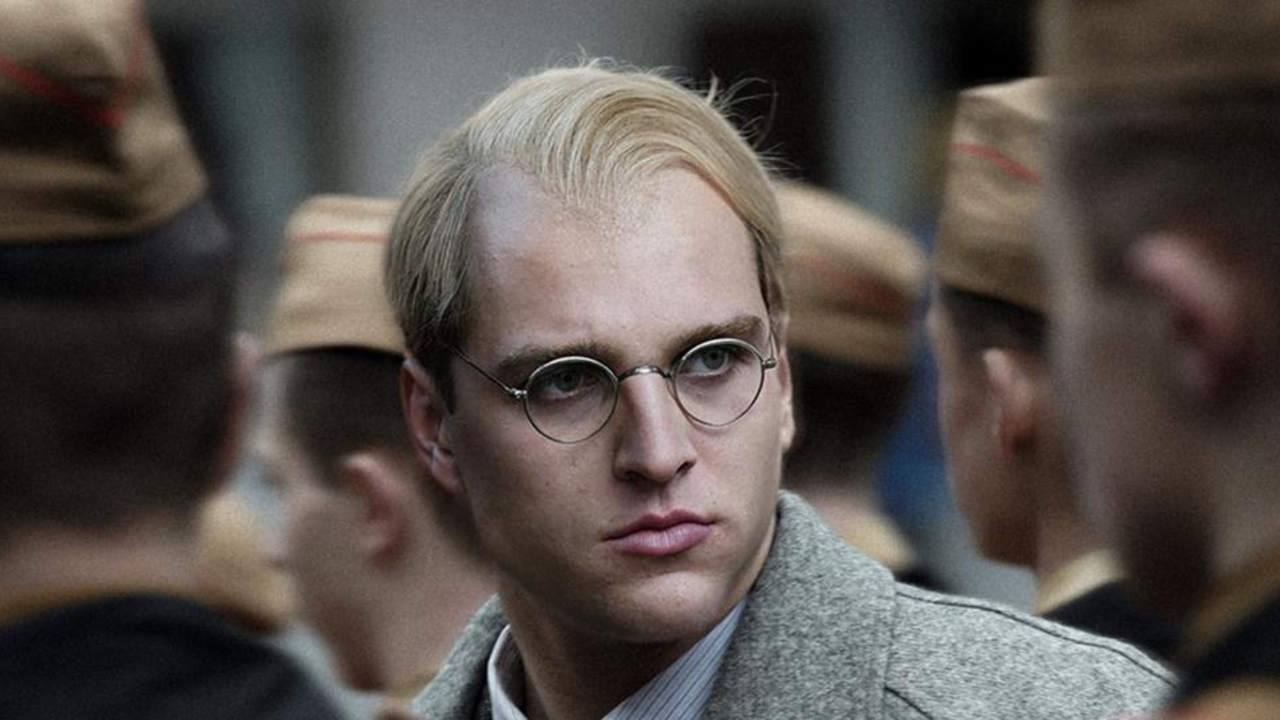
Bonhoeffer: Pastor. Spy. Assassin | A Picture Of Boldness And Humanity
When my wife and I returned home after watching Bonhoeffer: Pastor. Spy. Assassin in the theater, something remarkable happened. She went to our bookshelf, pulled out every Bonhoeffer book I owned, sat down, and began reading The Cost of Discipleship. We’ve been married for fourteen years, and during that time, she’s heard me talk extensively about Bonhoeffer, one of the theologians I’ve read and discussed most. Yet, it wasn’t until she saw his life portrayed in the movie that she felt inspired to read him for herself.
She wasn’t the only one moved. Members of our church who watched the film—many of whom knew little to nothing about Bonhoeffer beforehand—left wanting to learn more and read his work firsthand.
I start with this personal story because it highlights the film’s success. Critics who dismiss the movie with comments like, “It’s terrible; just go read Bonhoeffer,” miss the point entirely. This approach will never resonate with the average person, for whom the movie is primarily designed. The film isn’t meant to be a deep dive into Bonhoeffer’s theological takes—it’s a broad narrative overview aimed at making his life accessible to a wider audience.
Since the film focuses on the broader picture, so will my review. I’ll discuss the overarching narratives the movie presents, as well as a few notable omissions.
Bonhoeffer as Human
This may seem like an unusual place to start, but the film excels in portraying Bonhoeffer’s humanity. While his roles as theologian, prophetic voice, and teacher are evident, he’s not presented as unrelatable or untouchable. Some academics may have preferred a greater focus on his intellect, but I appreciated the emphasis on his human side.
One memorable scene depicts Bonhoeffer playing the piano in an African-American jazz club. It’s a lighthearted moment—he looks a bit awkward, even goofy. Yet, it’s refreshing. It dismantles the stiff, rigid image I’d unconsciously associated with him.
Another scene shows him playing soccer (or football, as I should say) on the beach with his students. Through moments like these, the film reveals a man who loved deeply, cherished his family, wrestled with difficult decisions, and was profoundly human.
Bonhoeffer as Bold
Bonhoeffer’s boldness in the face of weak and corrupt leadership is universally agreed upon . The movie powerfully captures this, with him preaching against the Third Reich, helping form the Confessing Church, and eventually becoming involved in the plot to assassinate Hitler. It accurately contrasts Bonhoeffer’s courage and commitment to truth and justice with the complacency of the German church leaders who capitulated to the regime.
Bonhoeffer as Pastor
Having seen the marketing materials, I feared the movie might overemphasize Bonhoeffer’s role in the assassination plot, but it thankfully avoided this, instead focusing more on his pastoral side.
Whether teaching children in Sunday school in America, organizing the Confessing Church to defend God’s people, or serving communion before his execution, Bonhoeffer’s ministry calling is central throughout the narrative.
The film also incorporates some of his most memorable teachings, such as:
“Silence in the face of evil is itself evil: God will not hold us guiltless. Not to speak is to speak. Not to act is to act.”
Ultimately, Bonhoeffer is depicted more as a pastor than as a theologian, which might explain some theologians’ dissatisfaction with the film. Yet, he’s also portrayed more as a pastor than as a spy or assassin, which I found equally refreshing.
What Was Missing
Bonhoeffer as Engaged
The most glaring omission, in my opinion, is the absence of Maria von Wedemeyer, Bonhoeffer’s fiancée during his imprisonment. Maria’s presence in his life—documented in many of his letters from prison—is entirely ignored.
While filmmakers must make difficult decisions about what to include, omitting their love story feels like a missed opportunity to add further emotional depth.
Bonhoeffer’s World at War
Although the film provides dates to mark events in Bonhoeffer’s life, it offers little context about the broader developments of World War II, aside from the assassination attempt on Hitler.
While I appreciated the personal focus, weaving in more about the war’s progression would have enhanced the narrative. At times, it’s easy to forget that the story is set against the backdrop of a global conflict.
Summary
The film concludes with Bonhoeffer walking to his execution, quoting the Sermon on the Mount—a fitting choice given its centrality to The Cost of Discipleship. Despite the debates surrounding Bonhoeffer’s theology, life, and ethics, one truth remains clear: he was profoundly shaped by Jesus’ teachings in the Sermon on the Mount. In the end, he lived—and died—as a man committed to following Christ.